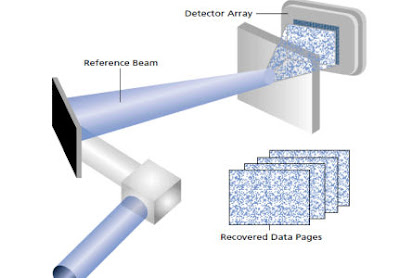
The goal of this work is to investigate the use of holographic techniques for information processing and transmission systems. Until recently information has been processed and transmitted mainly electronically. With the advent of optical fiber communications the monopoly of electronics has receded in the telecommunications field, but the domain of information processing is still dominated by electronic processors.
This thesis follows a top-down approach to the design of processors that integrate both electronic and optical components. It begins with the design considerations of a compact, rapidly reconfigurable opto-electronic processor, which possesses an optical bus in addition to the traditional electronic bus. The optical bus takes advantage of the massive parallelism that is afforded by optics and can be coupled to a holographic digital memory, allowing rapid reconfiguration of the device. The capability of rapid reconfiguration gives rise to a new computational paradigm, where the reprogramming of the device can become part of the computation. We suggest additional applications of this processor, namely as a smart reading head for large scale holographic disk memories. Finally we present novel algorithms that were developed specifically to take advantage of the additional capabilities of our processor. The next section is concerned with the wavelength and angular tuning of strong volume holograms, both in the reflection and 90-degree geometries. Since photons have no charge, we need to rely on their wave properties to manipulate them, both for long-range transmission, such as telecommunications, and short-range transmission, such as on chip interconnects. In this section we investigate how volumeholograms can be used to selectively redirect information bearing light beams.
The final part of this thesis is concerned with material issues. Holographic recording of strong volume gratings is one of the most commonly used approaches, and photorefractive materials have a strong bearing on the overall performance of the final system.
Download this thesis
Download this thesis








